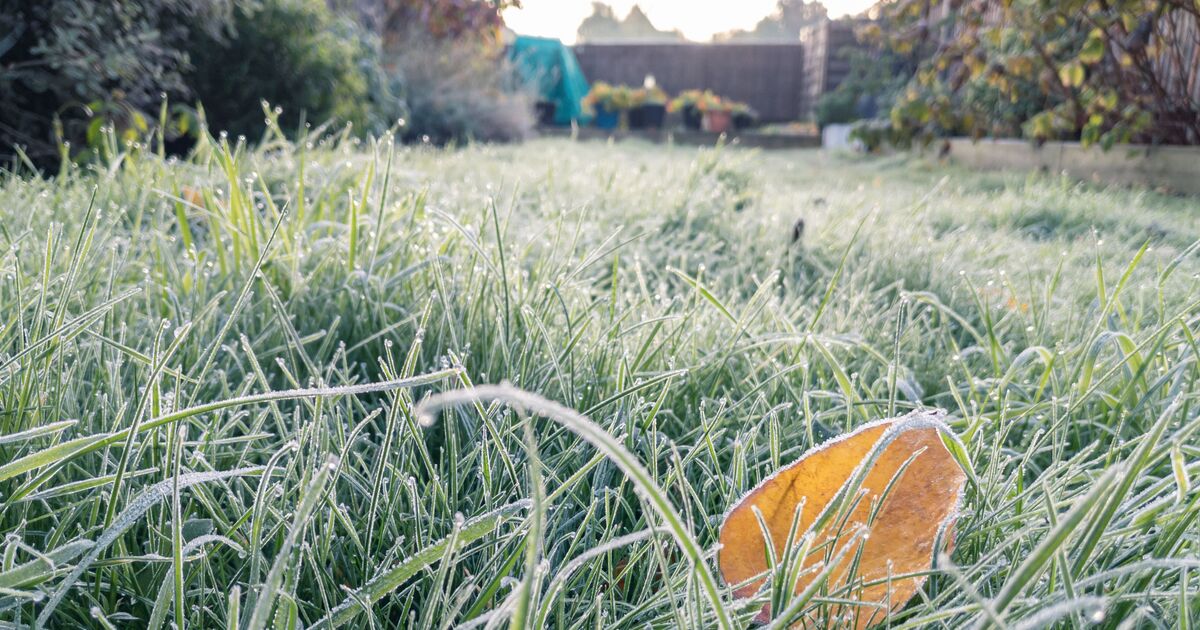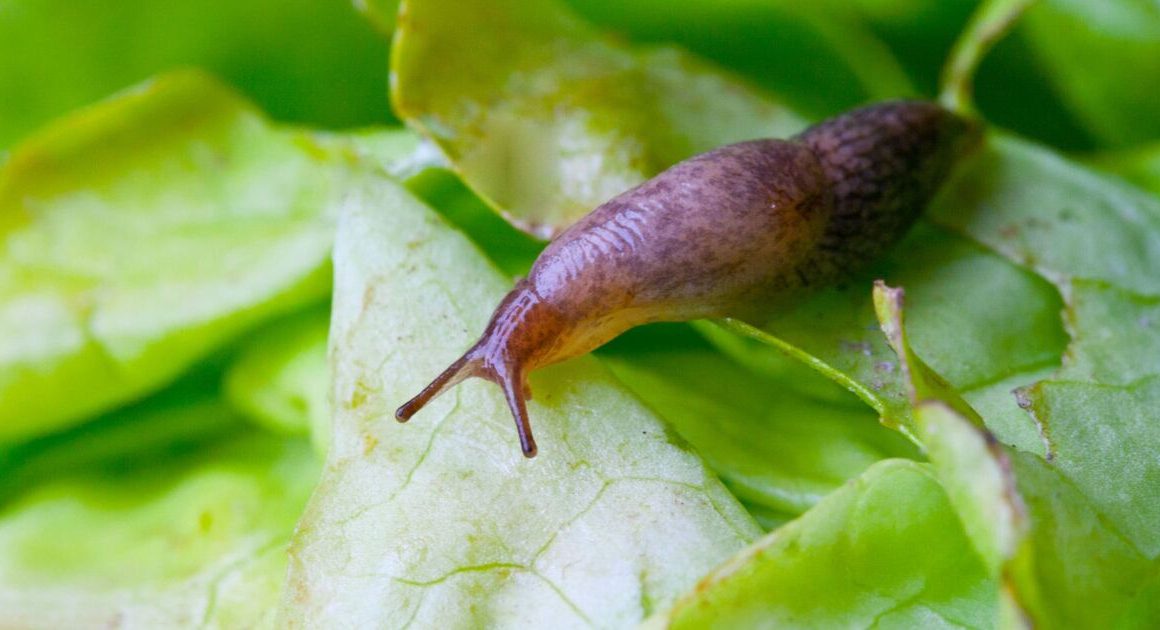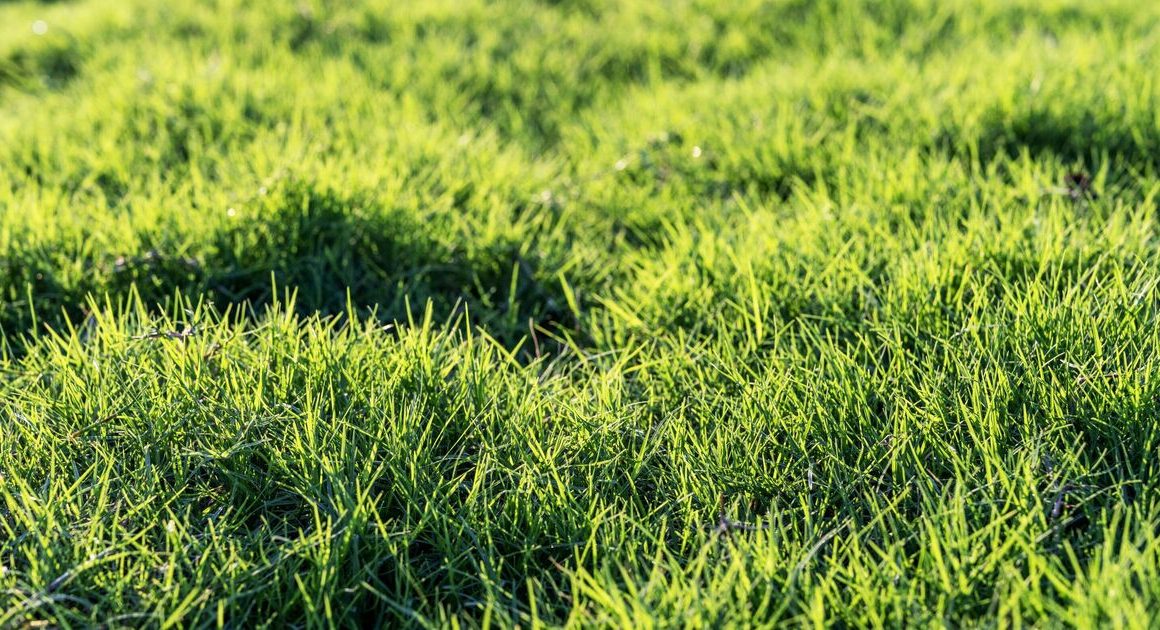Brittle grass becomes a widespread problem during the colder months, often due to frost, plummeting temperatures and increased footfall on the frozen turf.
The fragility of our green spaces is exacerbated by slower growth rates in the cold, which hampers recovery from damage. Moisture imbalances caused by overwatering, heavy downpours, or inadequate drainage also lead to freeze damage or drought stress.
With winter on the horizon, John Marshall from Wenningdale Escapes has urged immediate action.
He told Express.co.uk:”Grass can become brittle in cold weather because when it’s frosty, there is still a lot of moisture in the leaf.
“It can also get something called root shear, where you stand on it during the cold, and the roots can be sheared from the leaf.”
He advises: “A way to combat it is to scarify it before the winter and top dress with sand to remove any dead organic matter before the frost.”
Those looking to scarify effectively include using a specialised scarifier tool or a rake, though the latter demands a particular technique to achieve the best results.
The Royal Horticultural Society (RHS) suggests that if the soil isn’t visible between the blades of grass, the lawn would benefit from scarification. This involves vigorously raking the lawn with a spring-tined rake, aiming to minimise the loss of surface debris while ensuring the grass remains rooted.
Although manual scarification can be more laborious, it is gentler on the lawn, enabling faster recovery, which is particularly crucial during winter. After clearing thatch and debris, John advises overseeding the lawn.
He recommends: “Do an overseed in September, introducing a new plant to strengthen the sword. Usually, it would be best to sow seeds by the end of October; however, with the winters generally getting warmer, it is easier for the seeds to survive and even germinate over winter.”
“While you won’t get as much of a percentage surviving, you will help thicken the sword. Avoid doing it in the middle of winter when hard frosts might affect the seed – the best time is naturally, of course, still in autumn and into spring.”
To prevent brittle grass during the winter, John advises against walking on the lawn when it’s frosty, as this can cause damage. He suggests: “Additionally, you can raise the mower height so the leaf is left a bit longer, alongside putting autumn/winter feed on the grass to add extra nutrients throughout the cold months!”












